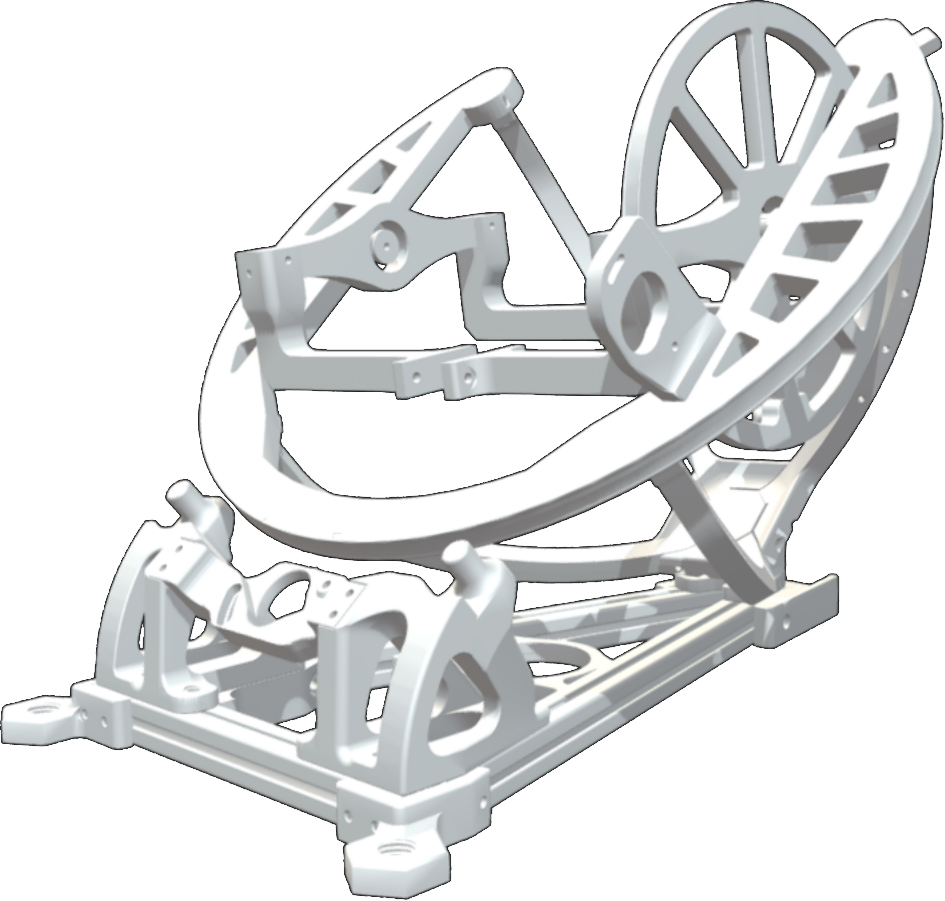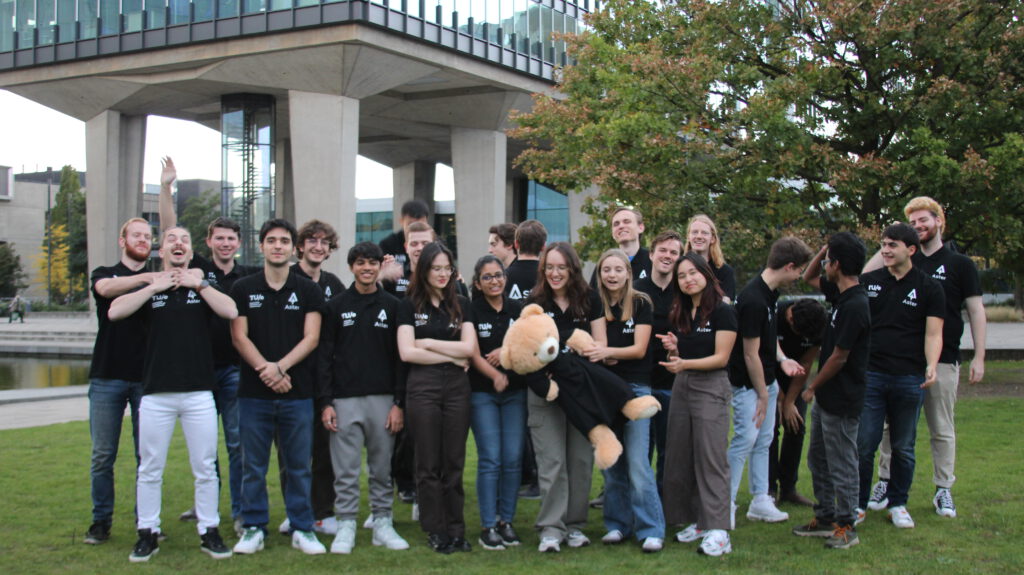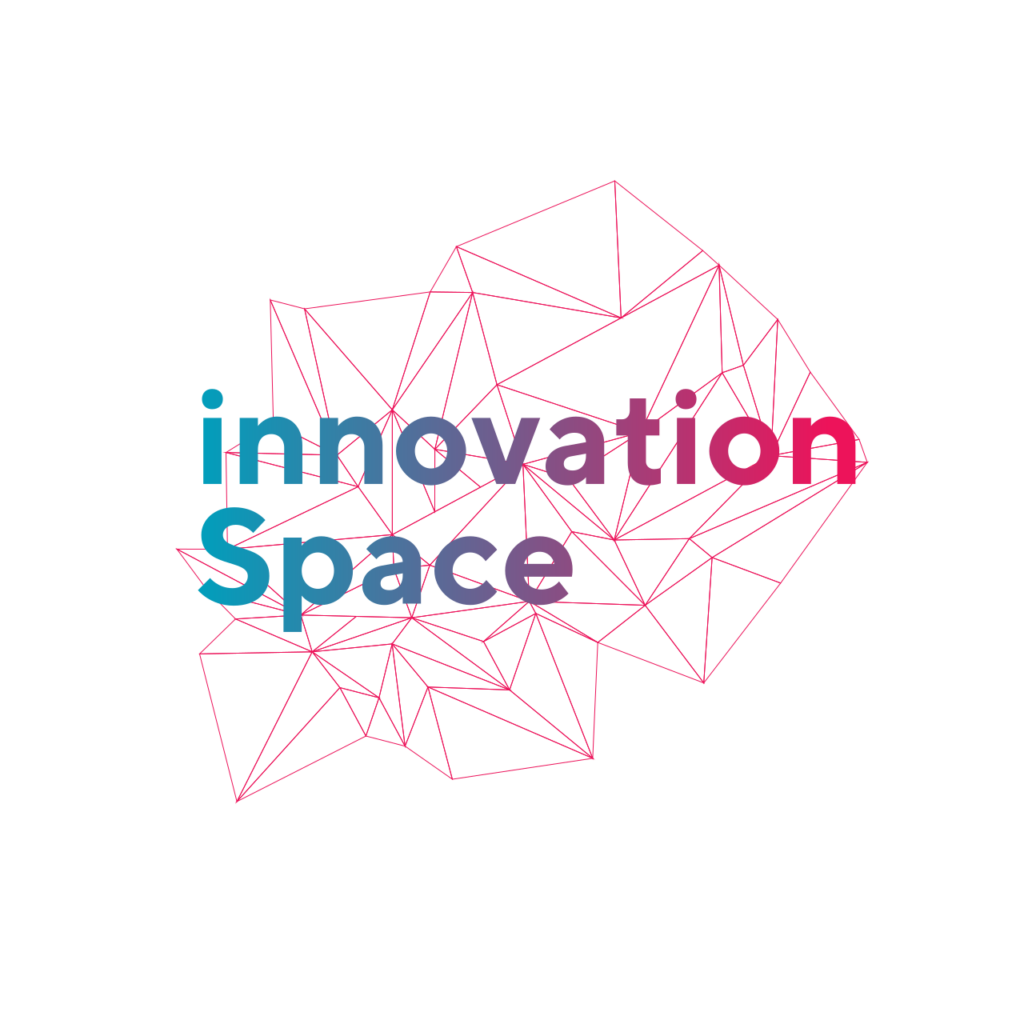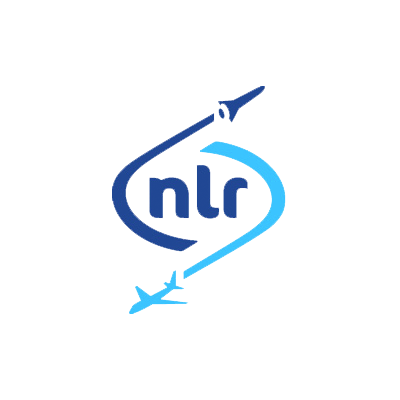aster in space

Who we are:
We are the first space student team from Eindhoven, and we are going to build the region’s first satellite.
Aster is more than a student team, we are making a place for students to access the space industry, technology, and research more easily. To do this, we want to create a place for students to talk space. We want to push the limits and get the first satellite that originated from the Eindhoven University of Technology. We are motivated to better the world using our interest in space.
By working together with institutions such as TU/e, ESA, and NLR we are bridging the gap between the semiconductor industry and aerospace engineering.
Projects

High-Altitude Balloon

CubeSat

Groundstation

About the team
Aster is a student team originating at the Eindhoven University of Technology. Our team consists of a diverse background of students with more than 13+ nationalities and 6+ engineering disciplines, from both a research university and a university of applied sciences.
Frequently Asked Questions
Why Eindhoven?
The Brainport region, based in Eindhoven and responsible for 2% of global patents, hosts nearly 5,000 tech and IT firms collaborating to develop innovative solutions for a better future. From small start-ups to global giants like NXP, DAF, ASML, Philips, and Signify, Brainport fosters teamwork to build a future-ready society. With the space industry being a rapidly evolving landscape, this open platform for idea exchange and innovation will drive space innovation even further.
What technologies are you thinking on using?
A 3U satellite, a small satellite measuring 10x10x30 cm, can be designed to test various advanced technologies from Brainport, such as optic components or novel innovations from institutions like TU/e. Whether utilizing Eindhoven's strength in photonics or other cutting-edge technologies, the satellite will be a platform for local technology to ensure that Eindhoven can become a key player in the space sector.
Is there a (aero-)space faculty in Eindhoven ?
No, and that's exactly what makes our projects so exciting! While Eindhoven boasts exceptional expertise in engineering and science, there hasn't been a strong focus on applying this knowledge to space—until now. We're diving into space engineering, teaching ourselves the intricacies of the field, while receiving valuable guidance and advice from organizations like NLR. This combination of innovation and learning allows us to push boundaries and explore new frontiers.
Student teams: Innovation Space of Eindhoven University of Technology
Supported by



